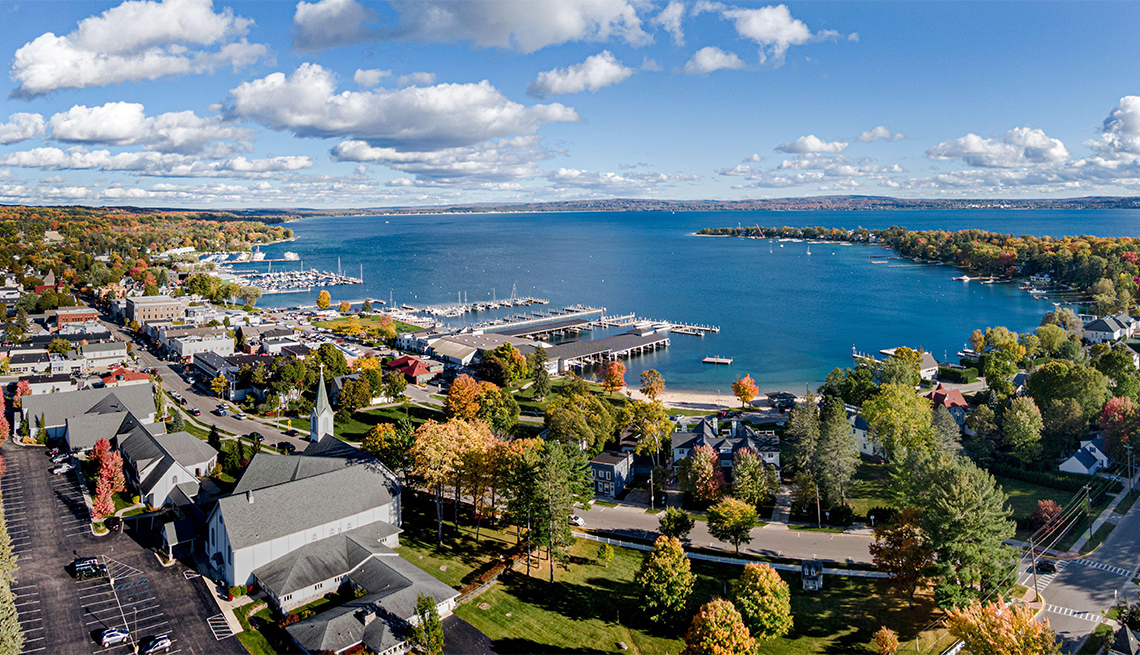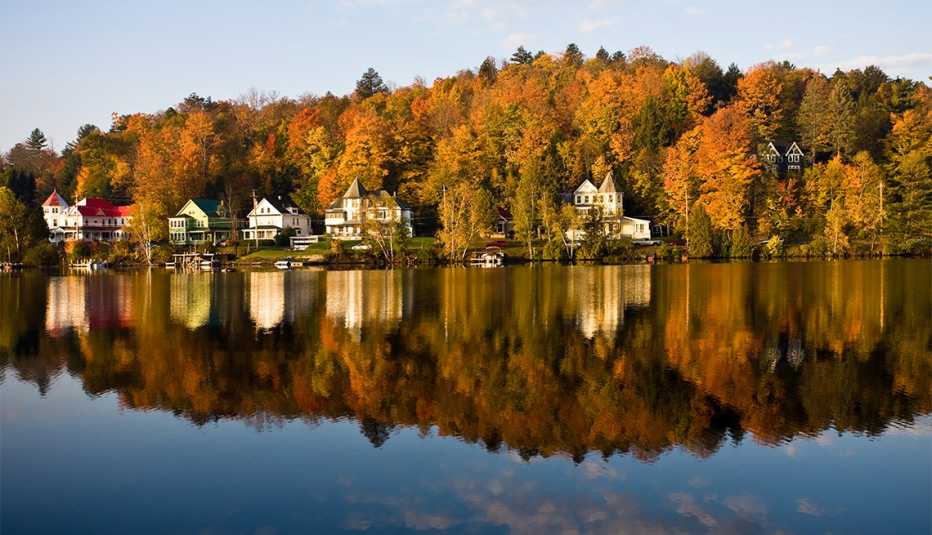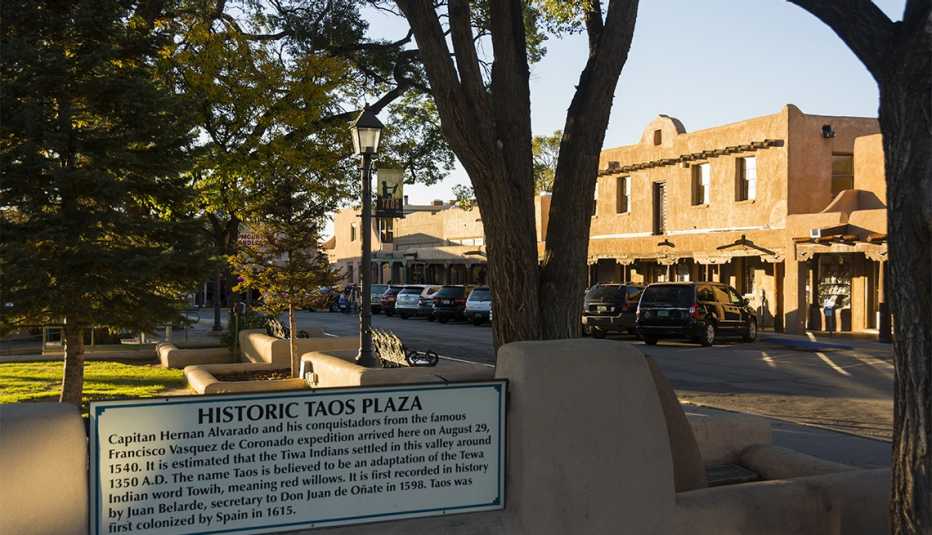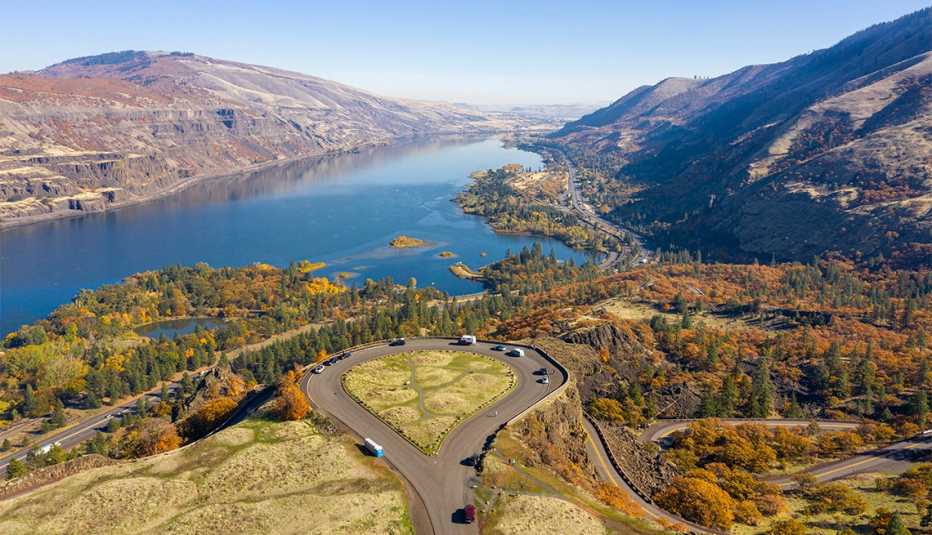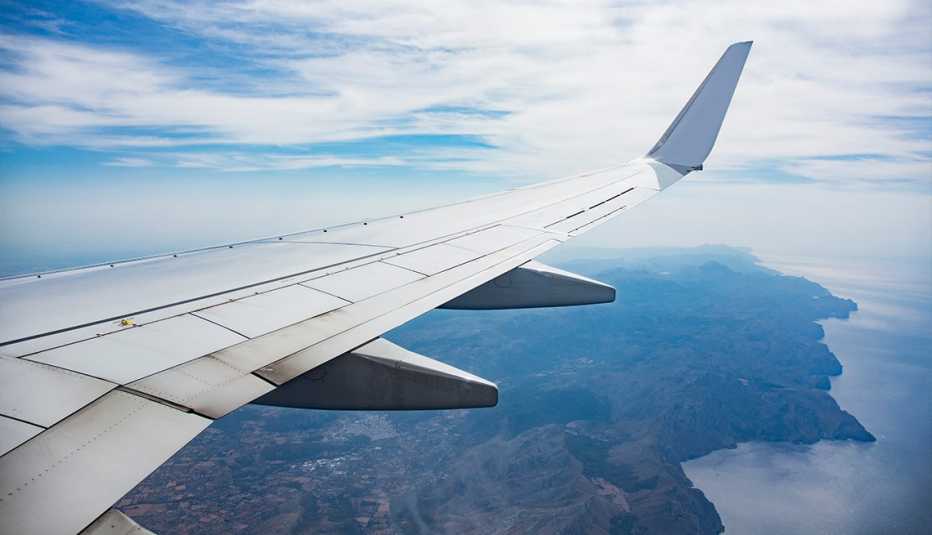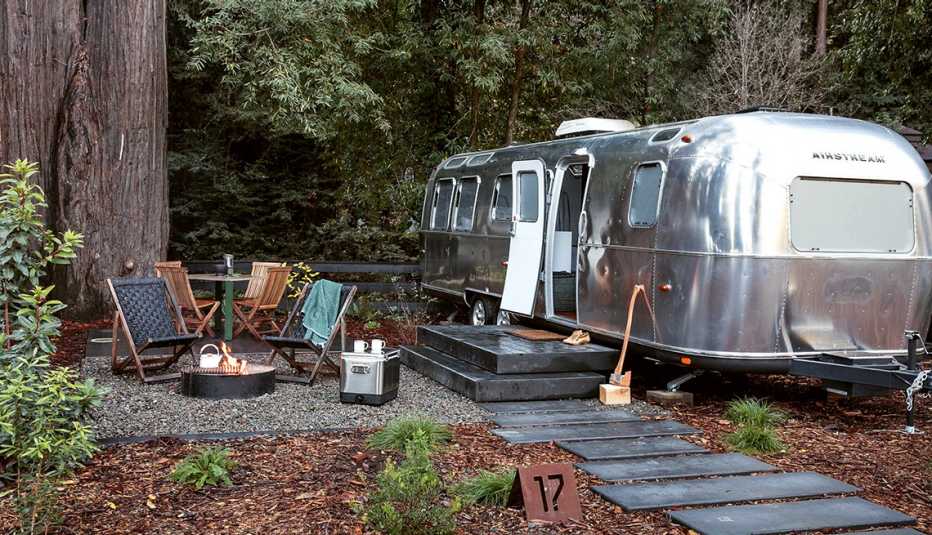Staying Fit
Dreaming of crisp, cool breezes and vibrant fall foliage? Us too. It’s not too early to start planning a vacation for the fall — since most states have dropped COVID-related restrictions, more people are traveling, and airfare and accommodations are in demand. With so many dazzling destinations across the U.S., we asked five travel writers to share their favorite vacation spots that shine brightest during the fall.


AARP Membership— $12 for your first year when you sign up for Automatic Renewal
Get instant access to members-only products and hundreds of discounts, a free second membership, and a subscription to AARP the Magazine.
Tunnel of Trees, Harbor Springs, Michigan
By Elaine Glusac
In wooded northern Michigan, when the maples blush and the oaks go gold, color chasers set their compasses for the stretch of M-119 known as the “Tunnel of Trees.” Running north from the Lake Michigan resort town of Harbor Springs, the tunnel — a curvy, narrow two-laner that roughly parallels the shoreline — stretches about 20 miles and is a top attraction in one of the state’s most beautiful counties, Emmet, occupying the northwest tip of the state’s Lower Peninsula.
Anchored by Harbor Springs and its southern neighbor Petoskey — both tourist-friendly towns packed with local galleries, shops and restaurants — the drive sends visitors into kaleidoscopic forests, peppered with dark evergreens, that bend radiantly over the road in the autumn sunlight. Emerging at the crossroad that is Cross Village, motorists — whether hungry or not — stop at Legs Inn, a legendary stone-constructed restaurant known for its Polish pierogies, Great Lakes whitefish and riotous wood interiors filled with carvings and driftwood art. Turn around for a second run of the Tunnel or continue north less than 10 miles to Wilderness State Park, a wild stretch of coast ideal for beachcombing and catching the fall migration of birds.
A 26-mile paved and level bike trail in and around Petoskey and Harbor Springs, Little Traverse Wheelway offers a slow roll through the region’s leafy landscape (rental bikes are available at Bahnhof Sport in Petoskey). Many cyclists take a break at Petoskey Brewing Company, with a scenic back patio framing the foliage ringing Mud Lake. The route skirts nearby Petoskey State Park on Little Traverse Bay, a great place to hike a half-mile loop in the dunes and beach comb for local Petoskey stones, ancient fossilized coral that you’ll find fashioned into everything from jewelry to Christmas ornaments.
Both gateway towns guarantee diversion away from the steering wheel. Petoskey to the south of Little Traverse Bay and Harbor Springs on the north shore have long been visited by anglers and second homeowners and renters who swell the population in summer (fans of Ernest Hemingway, whose family owned a summerhouse on nearby Walloon Lake, will want to visit the City Park Grill in Petoskey, as he did). Townie diversions in Petoskey include the lovingly curated McLean & Eakin Booksellers and the Crooked Tree Arts Center, home to rotating exhibits. In Harbor Springs, take a stroll around the public marina to see the sizable sailboats and yachts before they motor on for the winter.
Dine: In Harbor Springs, grab one of the booths that line the windows opposite the marina at Bar Harbor, serving burgers and local beers on tap. In Petoskey, book a table at Chandler’s, a north woods’ classic with knotty pine paneling and a steakhouse menu.
Stay: A whitewashed Victorian, Stafford’s Perry Hotel in Petoskey abounds in history — the 1899 landmark once regularly employed an orchestra to play at dinner — and offers an opportunity to park the car for the night and explore the town’s historic Gaslight District on foot. Fall rates start at $189.
Insider tip: Fall weekends still attract crowds, though fewer families. A midweek stay virtually ensures you’ll be able to enjoy peak color in solitude.
Elaine Glusac writes the Frugal Traveler column for The New York Times and is a national parks enthusiast based in Chicago.

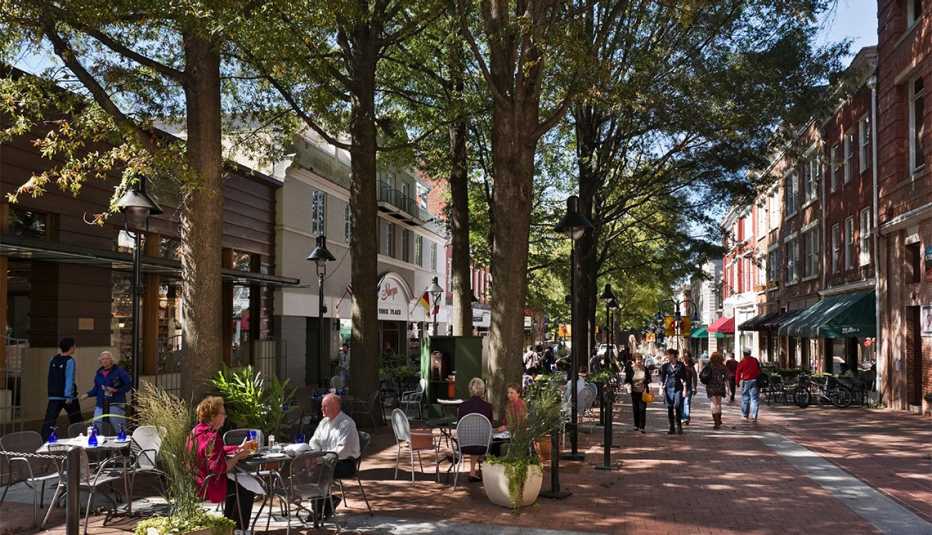
Charlottesville, Virginia
By Larry Bleiberg
Charlottesville, the colonial-era city perched on the edge of Virginia’s Blue Ridge Mountains, attracts visitors year-round, but in autumn it glows. The summer heat has receded, the days are still warm, and you’re likely to catch a glimpse of what may be the prettiest fall colors on the planet.
Charlottesville is my hometown, and to kick off the season, I like to take guests to the Thomas Jefferson–designed University of Virginia. The third president called the grounds an “academical village,” and on an autumn day, you’ll see students pretending to study on the central lawn, while maple, ash and sycamore leaves swirl around them like snow flurries.
Others will want to head a few miles south of town to tour Jefferson’s mansion, Monticello, which is Italian for “Little Mountain.” (Both the mansion and U.Va. are recognized by UNESCO as World Heritage sites.)
Fall in Charlottesville has its own flavor too, and that’s the reason to stop by Carter Mountain Orchard, next to Monticello. Some come to pick apples. Others snack on apple cider donuts, made with fresh-pressed cider, allspice and nutmeg, and dusted with cinnamon sugar. Looking out from the orchard, the mountains roll out to the horizon, and on a home game Saturday, you may hear a distant roar from Scott Stadium, the Virginia Cavaliers’ football field.
Back in town, take time to stroll the downtown pedestrian mall of shops, boutiques and restaurants. You can find custom jewelry, paintings or a photo of a Shenandoah waterfall at C’Ville Arts, a collective featuring the works of 50 local artists. Or step into Virginia’s oldest bookstore, Old Dominion Books, which often stocks signed novels from local author John Grisham.
For fall colors of a different sort — red, white and rosé! — try one of the dozens of wineries on the Monticello Wine Trail. With harvest just wrapped up, winemakers are eager to share their latest vintages. At King Family Vineyards, visitors can watch free polo matches on Sunday afternoons through mid-October.
Dine: South and Central. This chic steakhouse anchors a lively repurposed dairy building that’s now a food hall. The sit-down restaurant offers true “southern” cooking, inspired by Latin and South America. Start with a Chilean pisco sour cocktail and seared Argentinean cheese cooked with roasted tomatoes and served with grilled bread. For dinner, you can’t go wrong with a locally sourced steak cooked over a wood fire.



























































